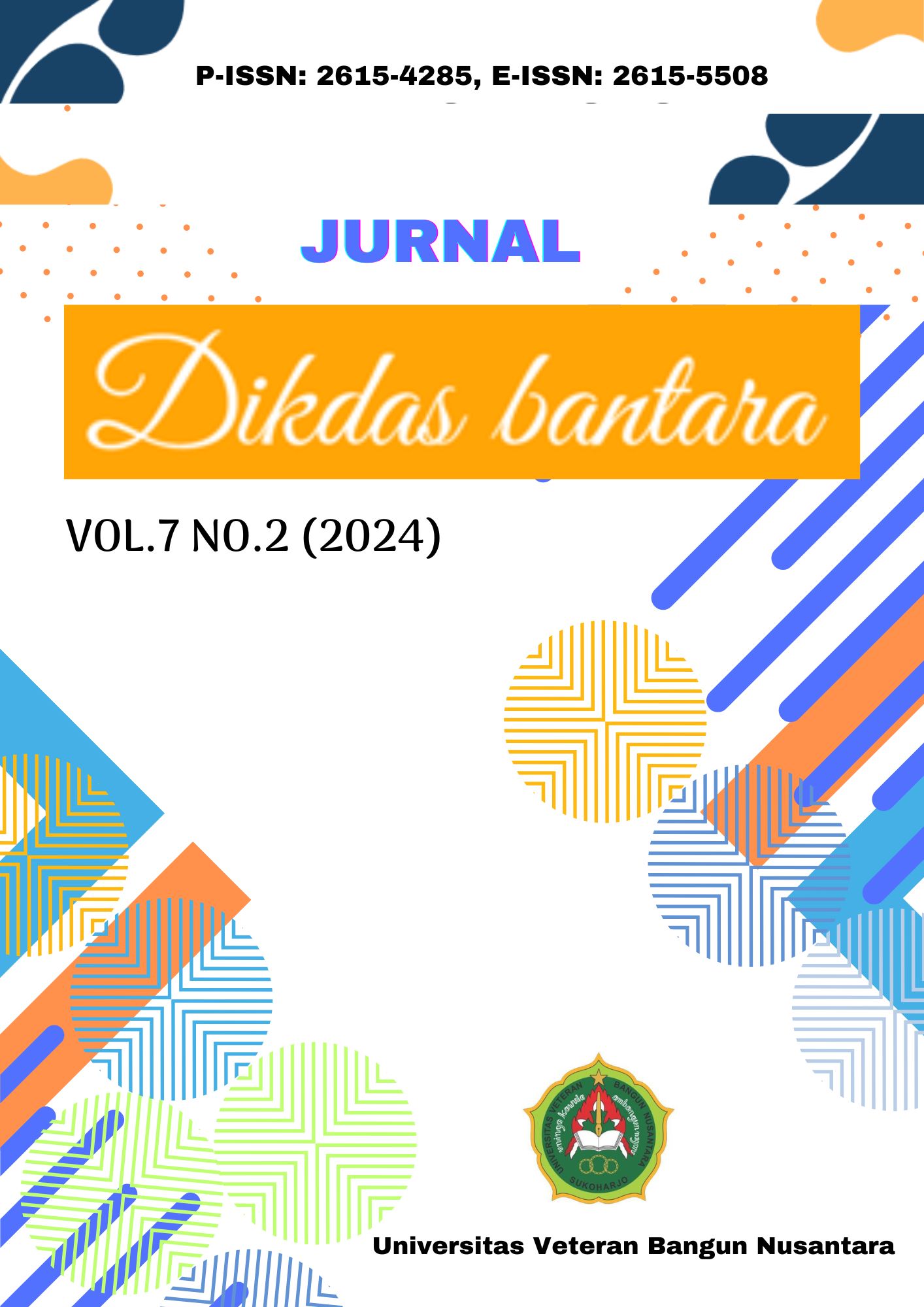VIDEO-BASED LEARNING IN SCIENCE MATERIAL ON THE HUMAN DIGESTIVE SYSTEM FOR CLASS V AT SD NEGERI 1 BANDA ACEH FOR STUDENT LEARNING MOTIVATION
DOI:
https://doi.org/10.32585/dikdasbantara.v7i2.5660Abstract
In the learning process in elementary schools, obstacles in learning are very often found. Obstacles can make it difficult for students to understand the material delivered by the teacher because the explanations given are too abstract so motivation to study the human digestive system is still relatively low. The aim of this research is to increase students' motivation to learn. Science material on the human digestive system through video-based learning. This research utilized a descriptive research design and qualitative methodology. With three data acquisition techniques, namely documentation, interviews and observation. Based on motivation, research shows that the use of video-based learning media can convey the content of the learning process very clearly so as to increase students' motivation to learn. The encouragement for student learning is by using video-based learning media, the availability of educational materials can make everything simpler. in conveying the content of the learning that students will learn. It is hoped that the use of the designed teaching videos can increase students' learning motivation in learning the science of the human digestive system.
Downloads
Downloads
Published
Issue
Section
License
Copyright (c) 2024 Raudhatul Muna, Siti Mayang Sari, Lili Kasmini

This work is licensed under a Creative Commons Attribution-ShareAlike 4.0 International License.
The copyright to this article is transferred to Jurnal Dikdas Bantara if and when the article is accepted for publication under Creative Commons Attribution-ShareAlike 4.0 International License. The undersigned hereby transfers any and all rights in and to the paper including without limitation all copyrights to Jurnal Dikdas Bantara. The undersigned hereby represents and warrants that the paper is original and that he/she is the author of the paper, except for material that is clearly identified as to its original source, with permission notices from the copyright owners where required. The undersigned represents that he/she has the power and authority to make and execute this assignment.We declare that:
1. This paper has not been published in the same form elsewhere.
2. It will not be submitted anywhere else for publication prior to acceptance/rejection by this Journal.
3. A copyright permission is obtained for materials published elsewhere and which require this permission for reproduction.
Furthermore, I/We hereby transfer the unlimited rights of publication of the above-mentioned paper in whole to Jurnal Dikdas Bantara. The copyright transfer covers the right to reproduce and distribute the article, including reprints, translations, photographic reproductions, microform, electronic form (offline, online), or any other reproductions of similar nature. The corresponding author signs for and accepts responsibility for releasing this material on behalf of any and all co-authors. After submission of this agreement signed by the corresponding author, changes of authorship or in the order of the authors listed will not be accepted.
Retained Rights/Terms and Conditions
1. Authors retain all proprietary rights in any process, procedure, or article of manufacture described in the work.
2. Authors may reproduce or authorize others to reproduce the work or derivative works for the author’s personal use or for company use, provided that the source and the Jurnal Dikdas Bantara copyright notice are indicated, the copies are not used in any way that implies Jurnal Dikdas Bantara endorsement of a product or service of any employer, and the copies themselves are not offered for sale.
3. Although authors are permitted to re-use all or portions of the work in other works, this does not include granting third-party requests for reprinting, republishing, or other types of re-use.



















